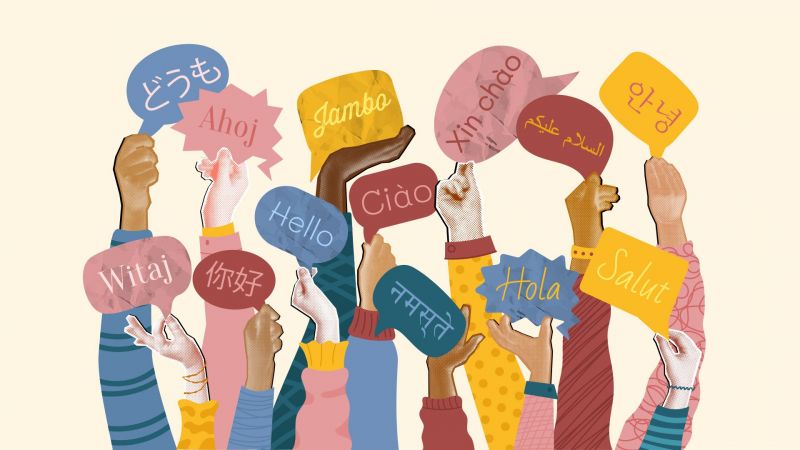Getting Team World on One Page
Multicultural teams are particularly vulnerable to misunderstandings and distrust. A new Master of International Business course will show how to draw out inspiration from diversity

For a great many managers in high-diversity workplaces, the concept of multicultural teams is attractive in principle but hair-raising in practice. To them, bringing together people with fundamentally different ways of sharing views or resolving conflict is a recipe for breakdown.
Research, in fact, confirms that multicultural teams tend to underperform as a result of distrust, low morale, and higher absenteeism. A recent study of multinational teams in three German automakers showed how members’ cognitive and emotional reactions to language barriers influenced their perceived trustworthiness and intention to trust. “It’s a major challenge trying to figure out how to make global teams work effectively,” says Jana Raver, associate professor and E. Marie Shantz Fellow in Organizational Behaviour at Queen’s School of Business.
But Raver says it doesn’t have to be this way. She has worked on multicultural research teams that used diversity to their advantage. “For me, the most exciting part of multicultural teams is getting completely new ways of interpreting things. There are often difficult discussions from trying to reconcile competing assumptions but then you reach that synergy and come up with novel perspectives. For me, it’s a gem. I love working with people from different backgrounds.”
Primed for Diversity
Raver has more than a passing interest in the subject. She and Queen’s colleagues John Phelan and Sandy Staples are designing a new course on multicultural/multinational teams for Queen’s Master of International Business (MIB) program.
Now in its eighth year, the MIB has a unique focus on “pre-experience” applicants — students who have not yet embarked on their careers. It is a highly multinational and polyglot group: in a recent class of 131, students came from 24 countries, and 40 percent spoke three languages (11 percent spoke only one language). “Our incoming students are primed for international business,” says MIB Academic Director Anthony Goerzen. “They already have a keen interest in the global economy, foreign languages, and cultures. We take those starting points to improve their abilities to thrive in international environments.”
MIB students spend much of their time collaborating with fellow students in learning teams, often as they are dispersed around the world as part of exchanges. At the start of the school year, they are assigned to teams based on their backgrounds, and the new teams are given a three-hour orientation with an experienced coach on how to work effectively together.
Based on feedback from employers and past students, program officials decided to take this orientation to a deeper level by introducing an entire course on multicultural and virtual teamwork.
“We know that getting teams to work effectively is a challenge in itself, but when you add cultural differences and working at a distance, it really creates almost an impossibility of being effective without some sort of intervention,” says Raver. “We’re going to give them tools and knowledge to overcome those challenges.”
Start With Self-Awareness
The course content reflects what managers and team leaders need to consider when building multicultural teams in organizations. For one thing, there is the importance of team members developing self-awareness: Who am I? What are my cultural values and priorities?
Then there are the skills required to foster team trust, understand preferences and priorities, and overcome the inevitable emotional challenges in conflicts.
The key here is to understand that people have cultural tendencies on how to give and receive feedback and communicate. People from Germany tend to share exactly what they think without meaning to be rude, says Raver. By contrast, someone from India, for whom such directness would be off-putting, would be far more likely to say, “Yes, I agree,” but then gently follow up with examples of how things could be done slightly differently. These cultural tendencies are layered on top of personal preferences as well, which have to be discovered.
Surfacing such cultural and personal tendencies through getting-to-know-you conversations should be one of the first orders of business for newly-formed teams.
“It’s not just, ‘I like this kind of food,’” says Raver. “It’s a deeper level of understanding priorities, preferences, and tendencies. It’s saying to your teammates, ‘I’m not always going to tell you exactly what I think to your face because it makes me uncomfortable. Can we find other ways to give feedback?’”
She adds, “In some of best multicultural teams I’ve been part of, we actively talked about culture and could joke about our differences in self-deprecating ways — ‘Sorry, I’m really being American here but. . .’ “
— Alan Morantz





